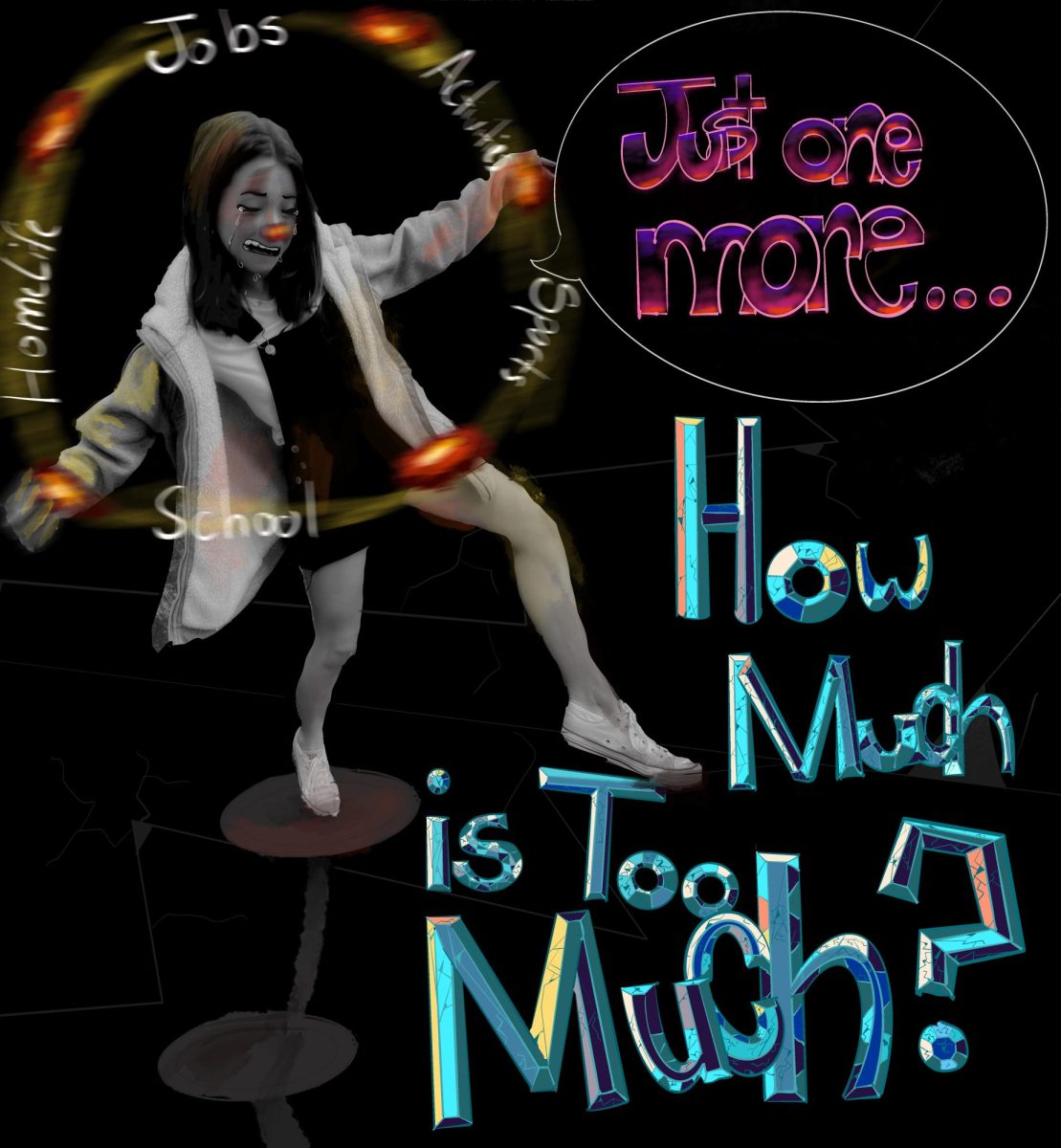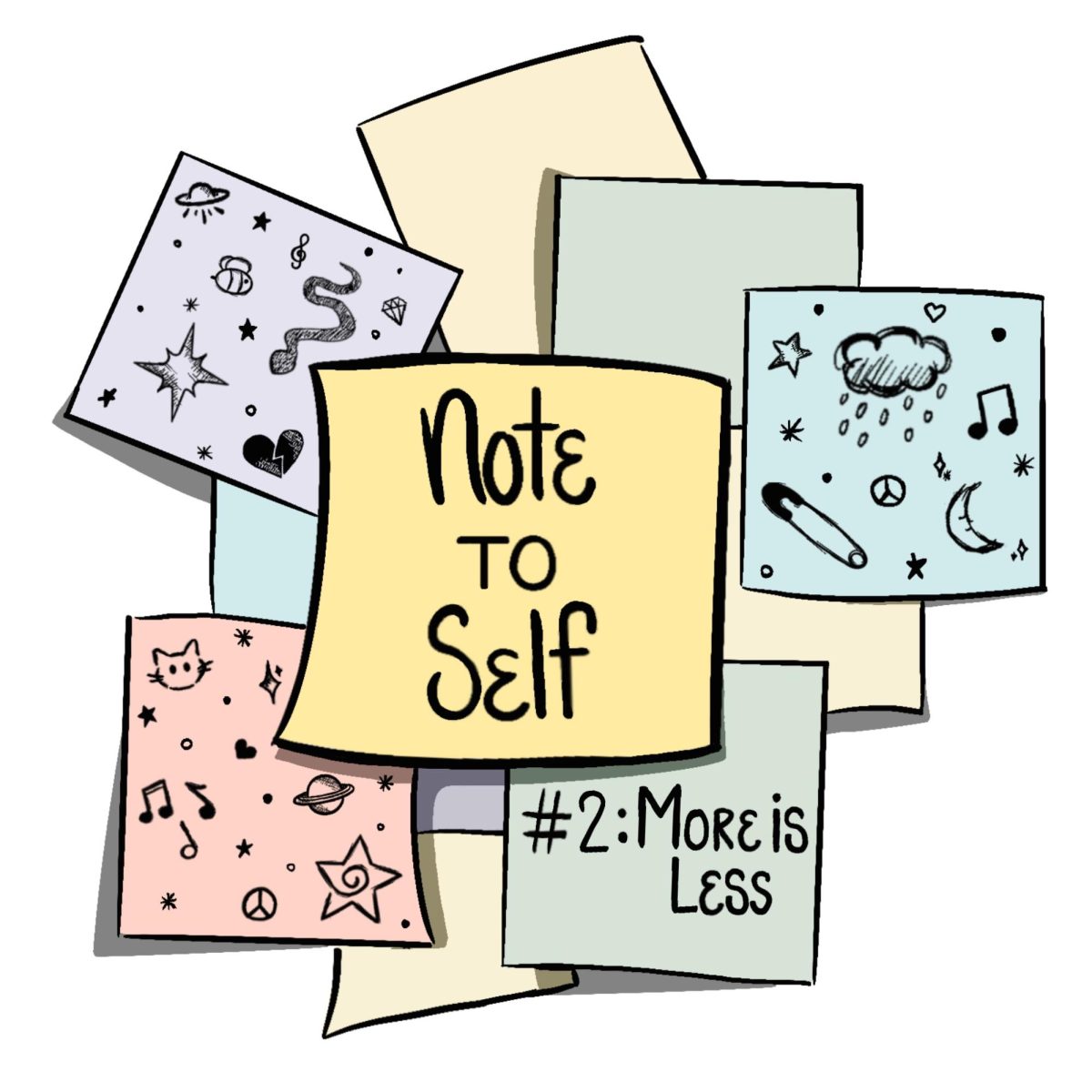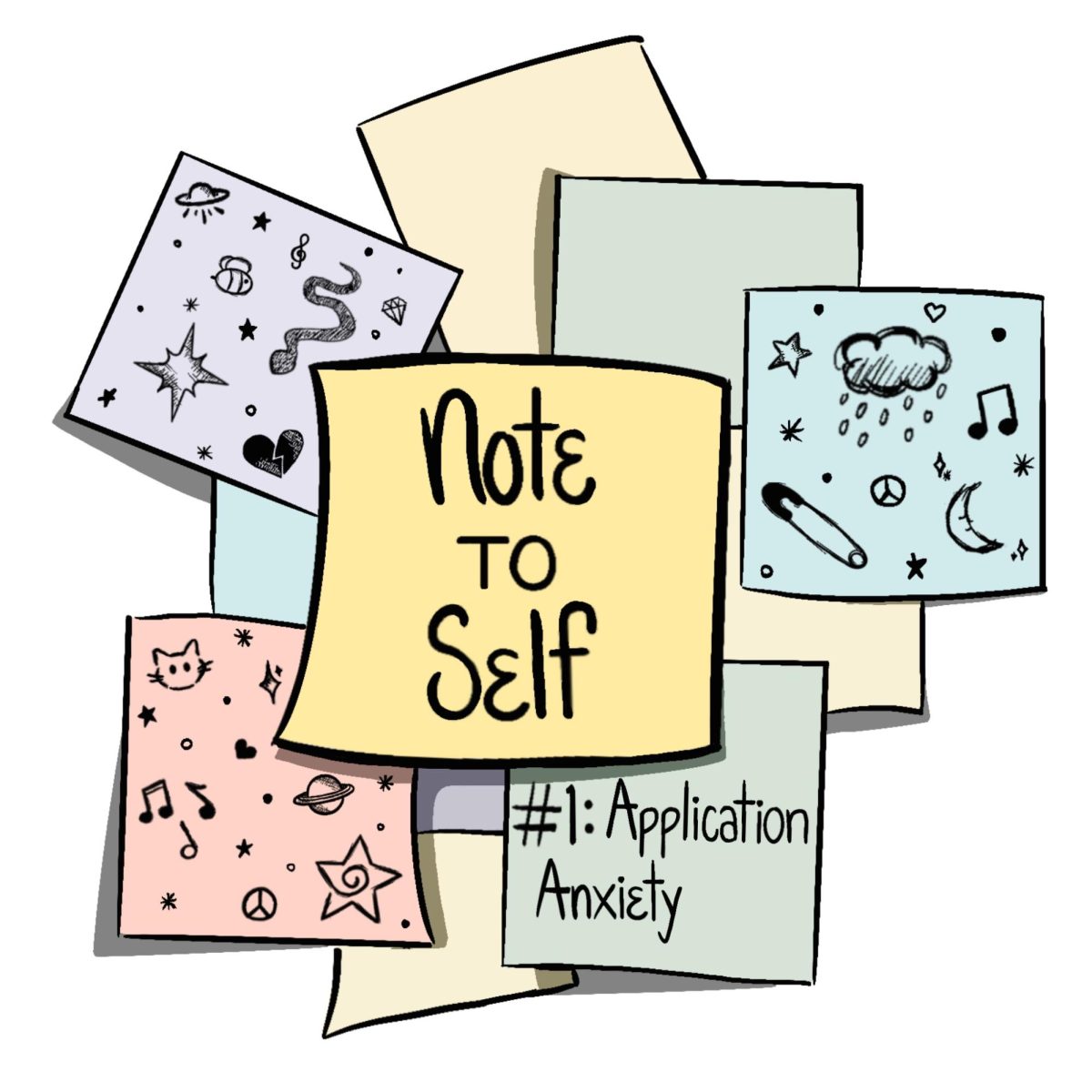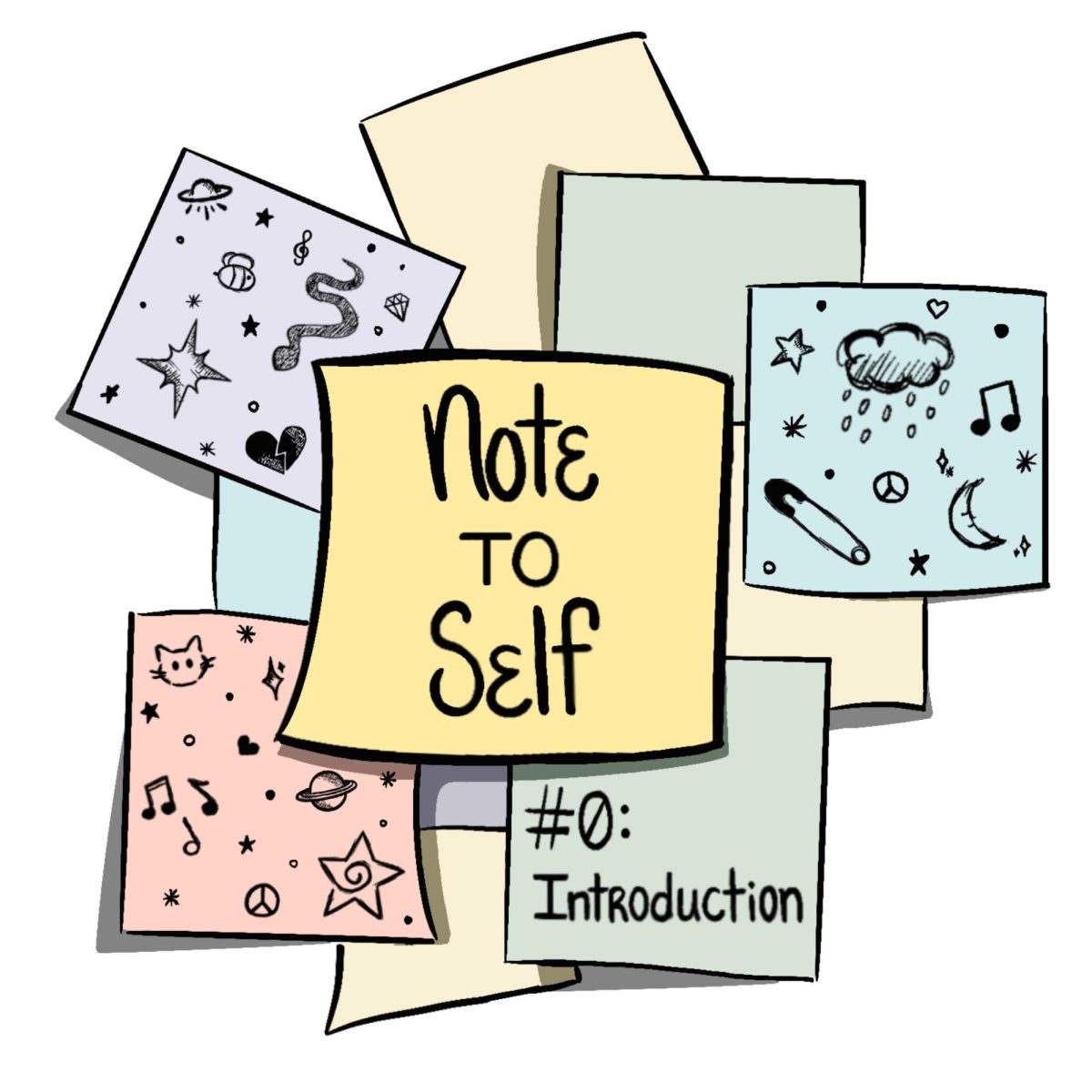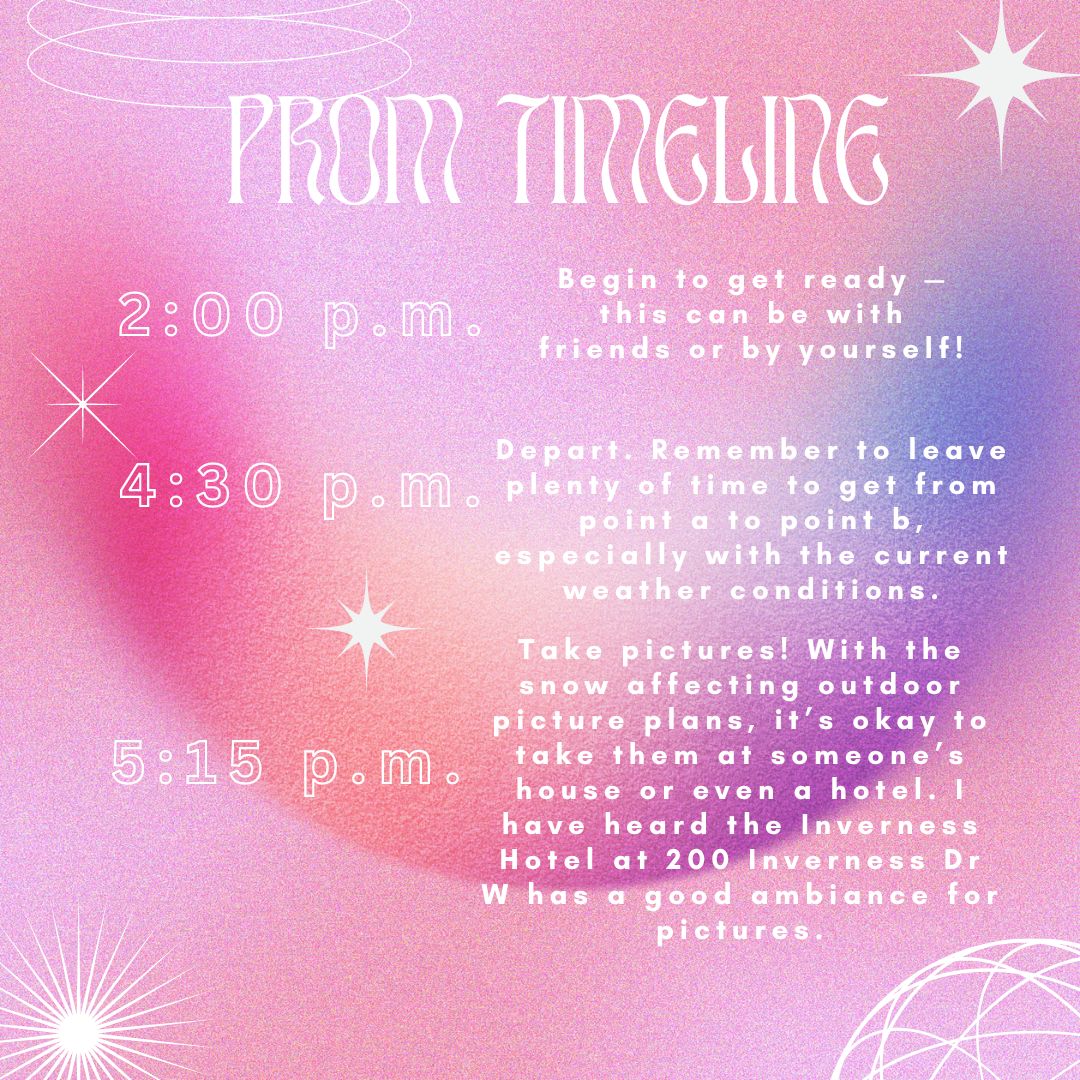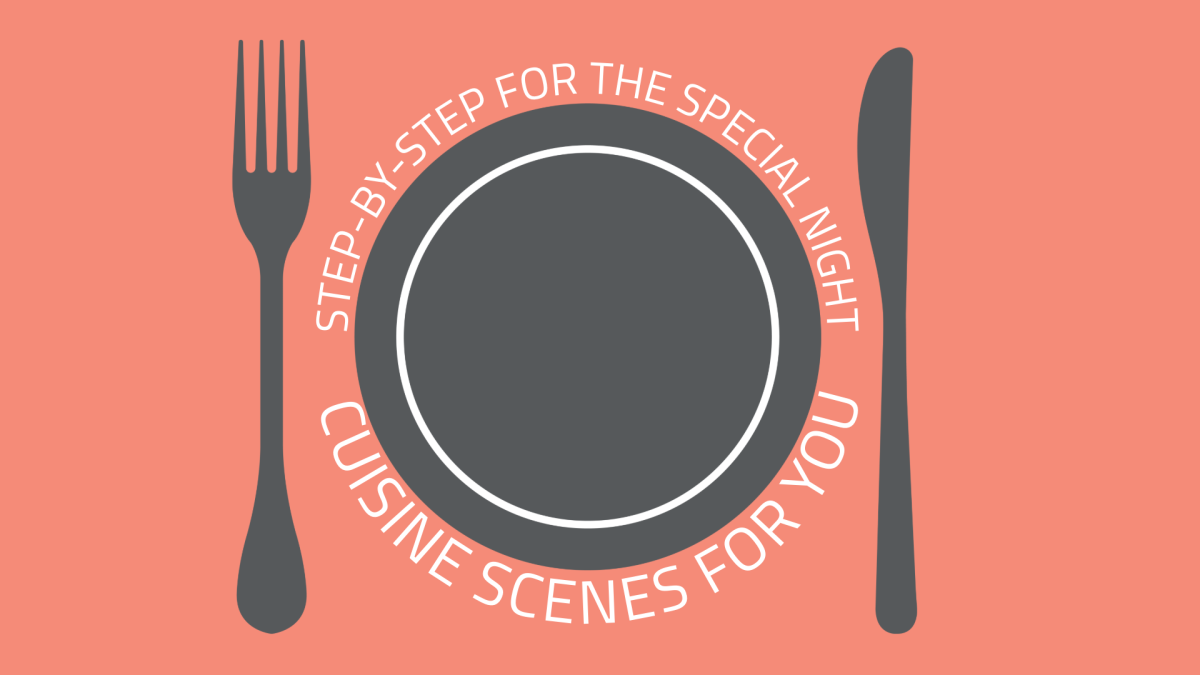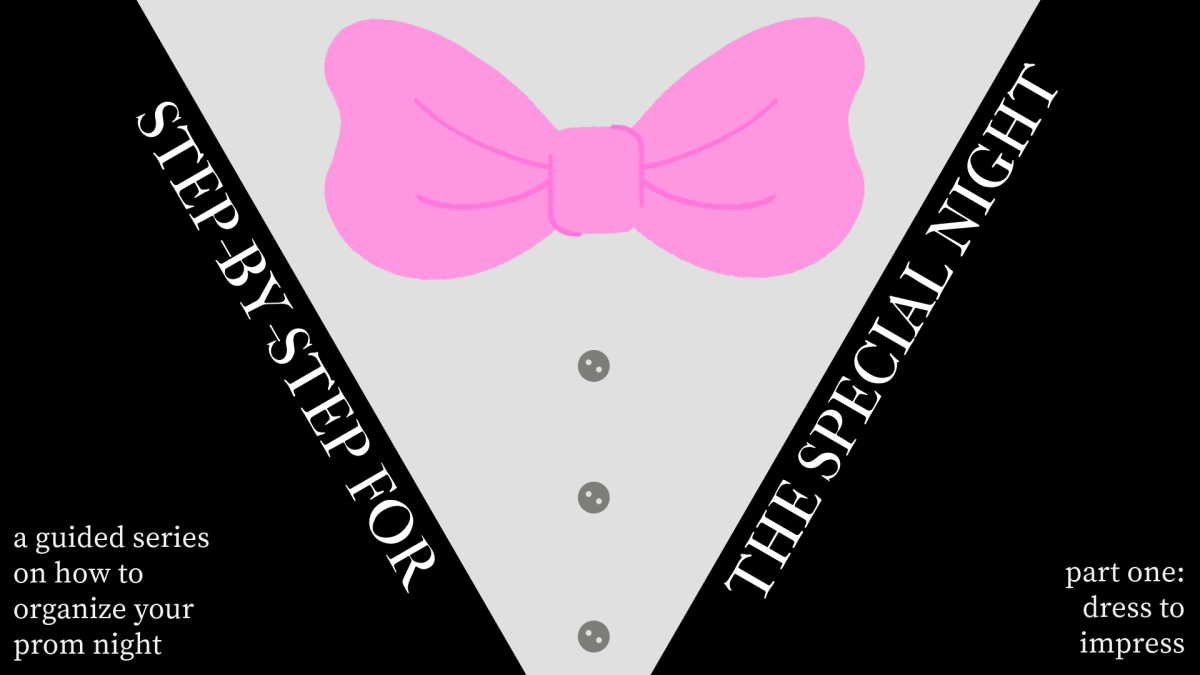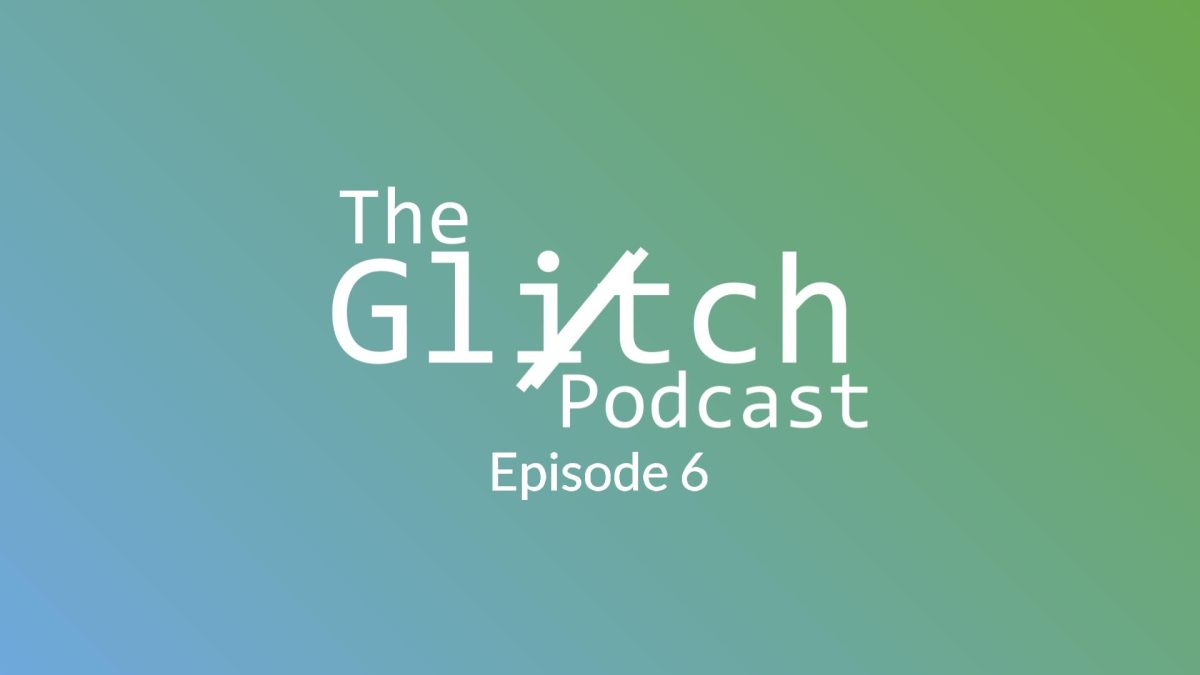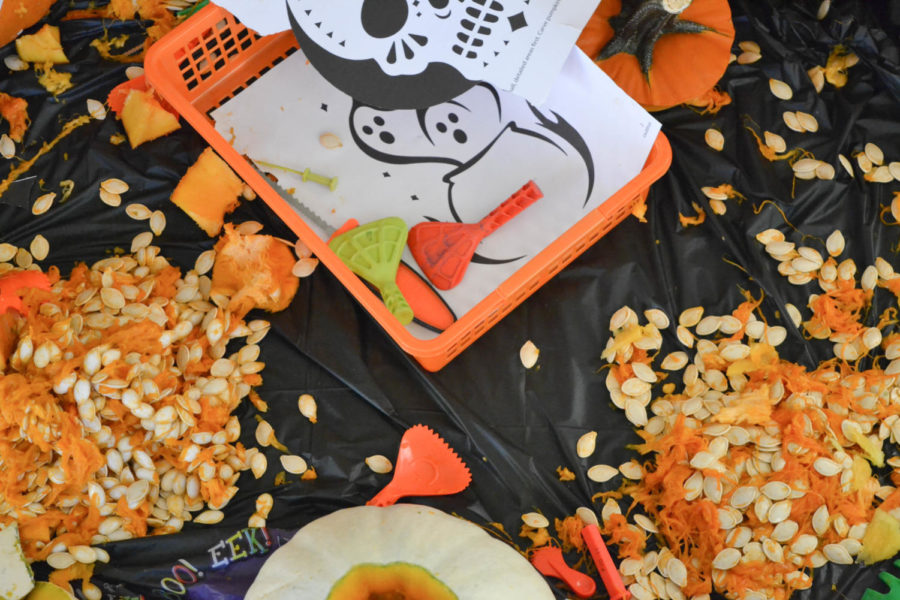The Origin of Halloween
Halloween is a holiday of pumpkins, bats, candy, and costumes. It wasn’t always like that, so how did Halloween become the commercialized fright night it is today?
media by Amanda Brauchler
The aftermath of students’ pumpkin carving at a Halloween party, Oct. 29.
October 31, 2018
According to history.com/topics/halloween/history-of-halloween, the holiday of Halloween came from the ancient Celtic people who lived 2,000 years ago in the lands of modern-day Ireland, France, and Great Britain. The Celts celebrated their New Year on November 1, so they believed that on the night of October 31, the portal between the worlds of the living and the dead were opened and that spirits would come back to the human world to visit during the transition between the end of one year and the start of the next. They called this night Samhain.
The Romans took over most of the land that belonged to the Celts in 43 A.D. The Romans had a few holidays in October, and one of them, Feralia, was held toward the end of October. Feralia was a day to remember those who died, so they combined it with Samhain, the Celts’ holiday to remember the dead. Another October holiday the Romans integrated into their newly combined holiday was one in which the Romans feted the goddess of fruit and trees, Pomona. Pomona’s symbol was the apple, and that is where the tradition of bobbing for apples is believed to have come from.
On November 1, the Romans esteemed the Christian martyrs and saints. This day became known as All Saints’ Day. All Saints’ Day was also known as All-Hallowmas, which came from the Middle-English term alholowmesse, meaning All Saints’ Day. October 31 then was called All-Hallows Eve, which later became Halloween.
When the Europeans came to America, they brought All-Hallows Eve with them, and they would celebrate with parties that involved singing, dancing, and telling ghost stories. In the second half of the 1800s, Irish immigrants inundated America to escape the Irish Potato Famine and brought their traditions from the holiday to America. (The Celts had lived in present day Ireland.) As a part of Irish tradition and some English tradition, Americans would dress up in costumes and go from house to house begging people for either money or food.
The holiday turned more into a day where families and neighborhoods would get together, becoming a community holiday of parties for both children and adults. The holiday continued to grow in America, which led to in people giving kids candy in order to prevent them from pulling pranks. In response to newspaper propaganda, parents started to take the frightful and spiritual aspects out of Halloween; ergo, Halloween today is no longer a day full of superstitions, sacrifice, remembering the dead, and honoring spirits.
There are some superstitions still around today that started hundreds of years ago such as the black cat. The superstition of the black cat comes from the Middle Age belief that when witches came to visit the human world, they disguised themselves by turning into black cats. If you walked by one of these black cats, the witches would give you bad luck. Black happens to be a dark, ominous color anyway, and so walking by a black cat is believed to give one bad luck.
A Brief Explanation of Some Halloween Traditions
Trick-or-Treating
The origin of trick-or-treating can be credited to the old English tradition in which poor families would go up to wealthier families and beg for food, and in exchange for the food, they pledged to pray for the givers’ deceased loved ones. Now, kids dress up in costumes of their favorite Disney princesses, movie characters, or mythological creatures, and go to people’s houses for candy. They don’t beg for it either, rather, the candy is bought before-hand, and people expect kids to show up in costumes and say “Trick-or-Treat!”
Dressing in Costume
Because October 31 was believed to be the day when there was a break between the human world and the spirit world, the people believed there were ghosts wandering the streets and that if they were to leave their houses, they would come across the ghosts. Therefore, they put on masks to blend in with the ghosts in hopes that the ghosts would think the people were one of them, fooled by the masks. In addition, the people would leave treats on their doorsteps or in the streets outside of their houses to mollify the ghosts and keep them away.
Halloween: A Holiday of Horror or Love?
Cooks would put wedding rings in mashed potatoes in hopes that the one who ate the potatoes would find true love. Another superstition was if a woman ate a combination of hazelnuts, walnuts, and nutmeg before she went to bed on Hallow’s Eve, she would see her husband-to-be in her dreams that night- or that if she held a candle in front of a mirror in a dark room, the face of her future husband would appear above her shoulder. They would also stare at egg yolks and try to make out images of what their future lives looked like. It was also believed that the first woman to get an apple during apple-bobbing was the next to be married.
Halloween is a holiday that can be dated back to 43 A.D. that originated as a way to both remember the dead and ward off spirits, dress in costumes to beg for food, and to use the night to find true love. Over time, it has evolved into a commercialized holiday in which costumes consist of Disney princesses and Marvel superheroes where kids receive candy instead of begging for food. Some of the old superstitions are still alive today; however, Halloween has certainly changed over the years into a friendlier night.
Source: “Halloween 2018.” History.com, A&E Television Networks, 5 Oct. 2018, www.history.com/topics/halloween/history-of-halloween.

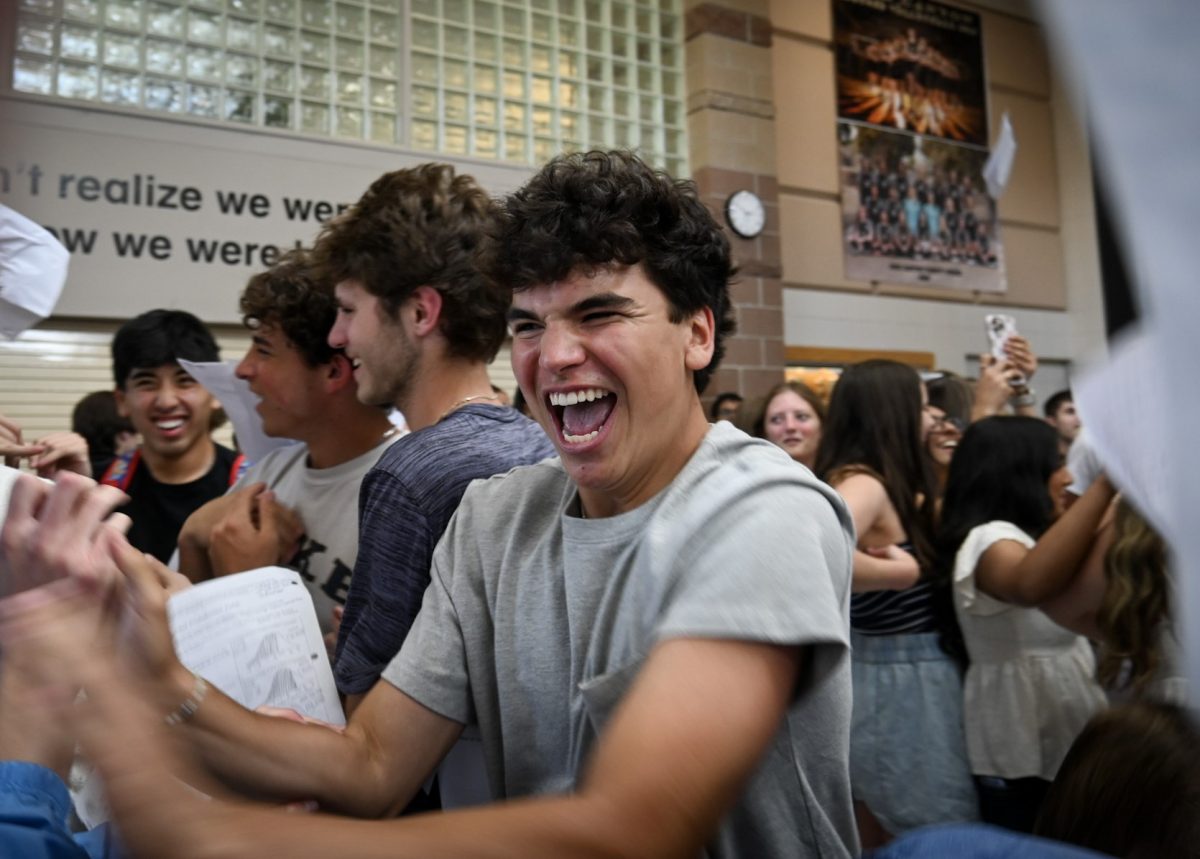

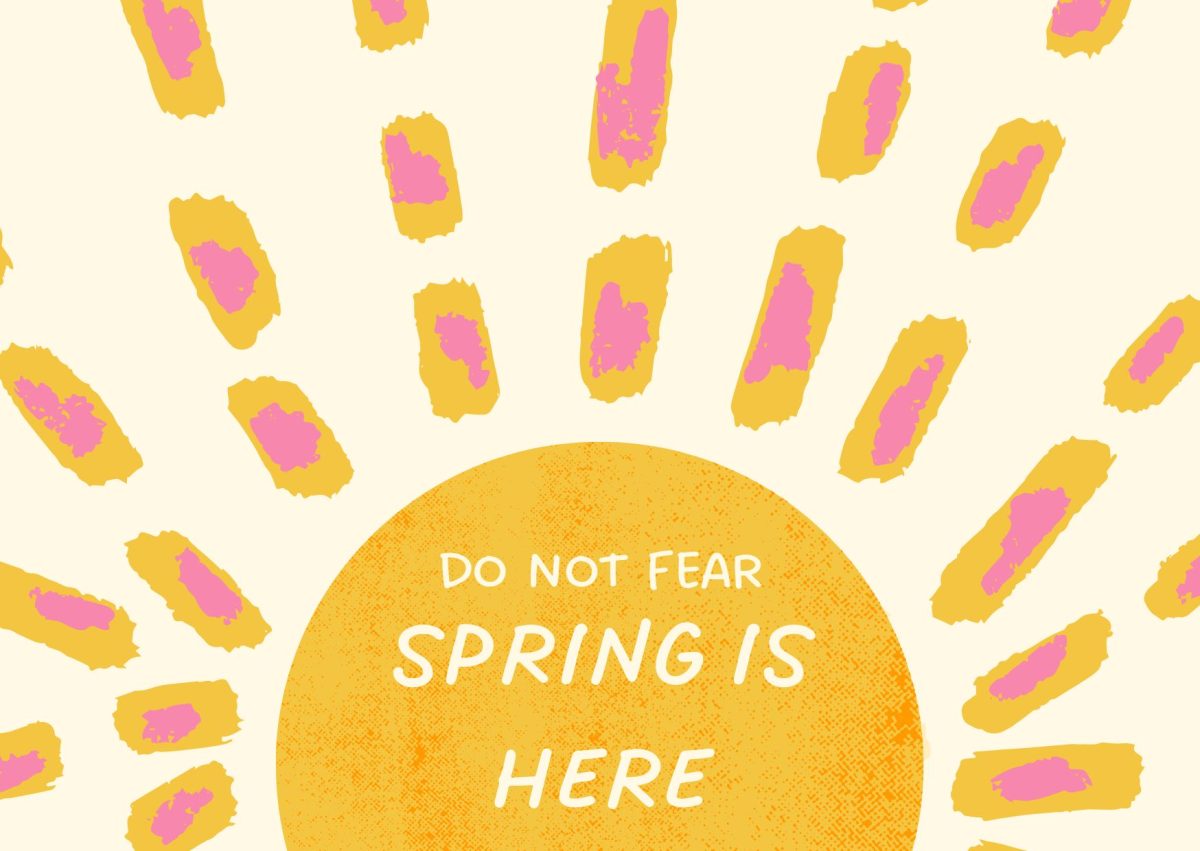

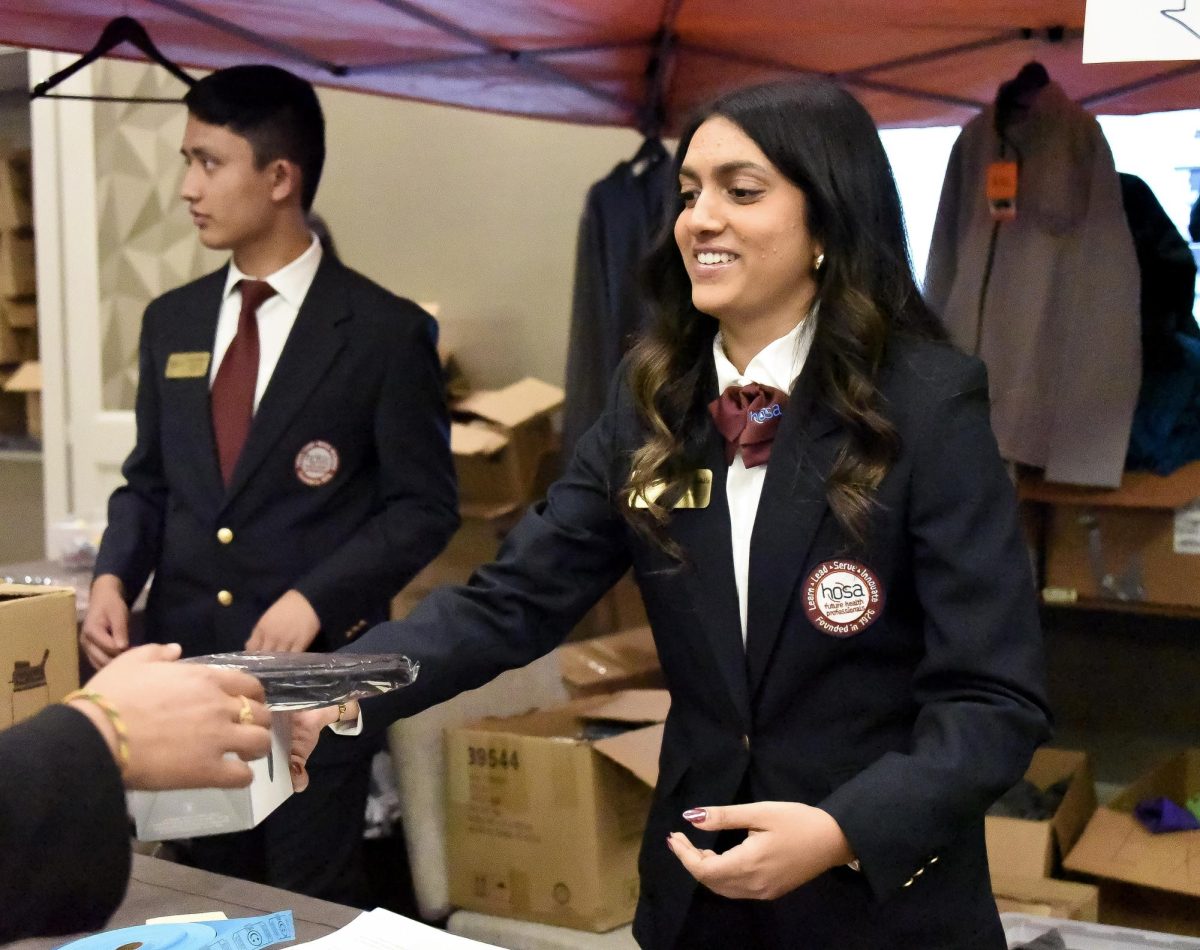
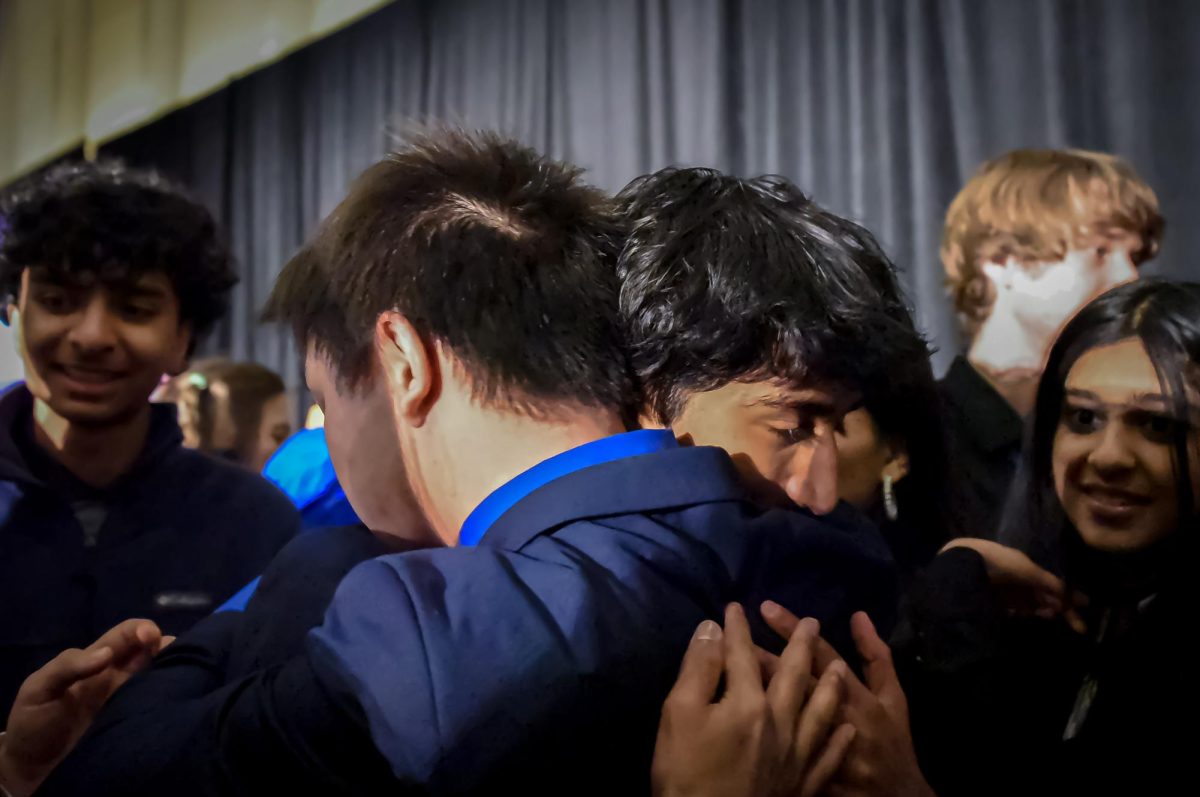

![The winter guard team makes fifth place at the state championship finals in the Denver Coliseum, March 30. The team performed to Barnes Country's “Glitter and Gold,” lead by coaches Margo Sanford, Blair Bickerton and Anna Orgren. In their class there were a total of nine groups participating, and the top five who made it to finals received a plaque. “[Walking onto the stage] is very nerve-wracking, but also very exciting as well. When you first start color guard there's a lot of anxiety and uncertainty when you first perform in front of an audience, but once you've done it for a while, it starts to become the best part of the season,” Ella West ‘25 said. “It's very fulfilling to see an audience react to something you've put your heart and soul into.”](https://rockmediaonline.org/wp-content/uploads/2025/04/Both-socal-media-nd-website-main-1-1200x846.jpg)
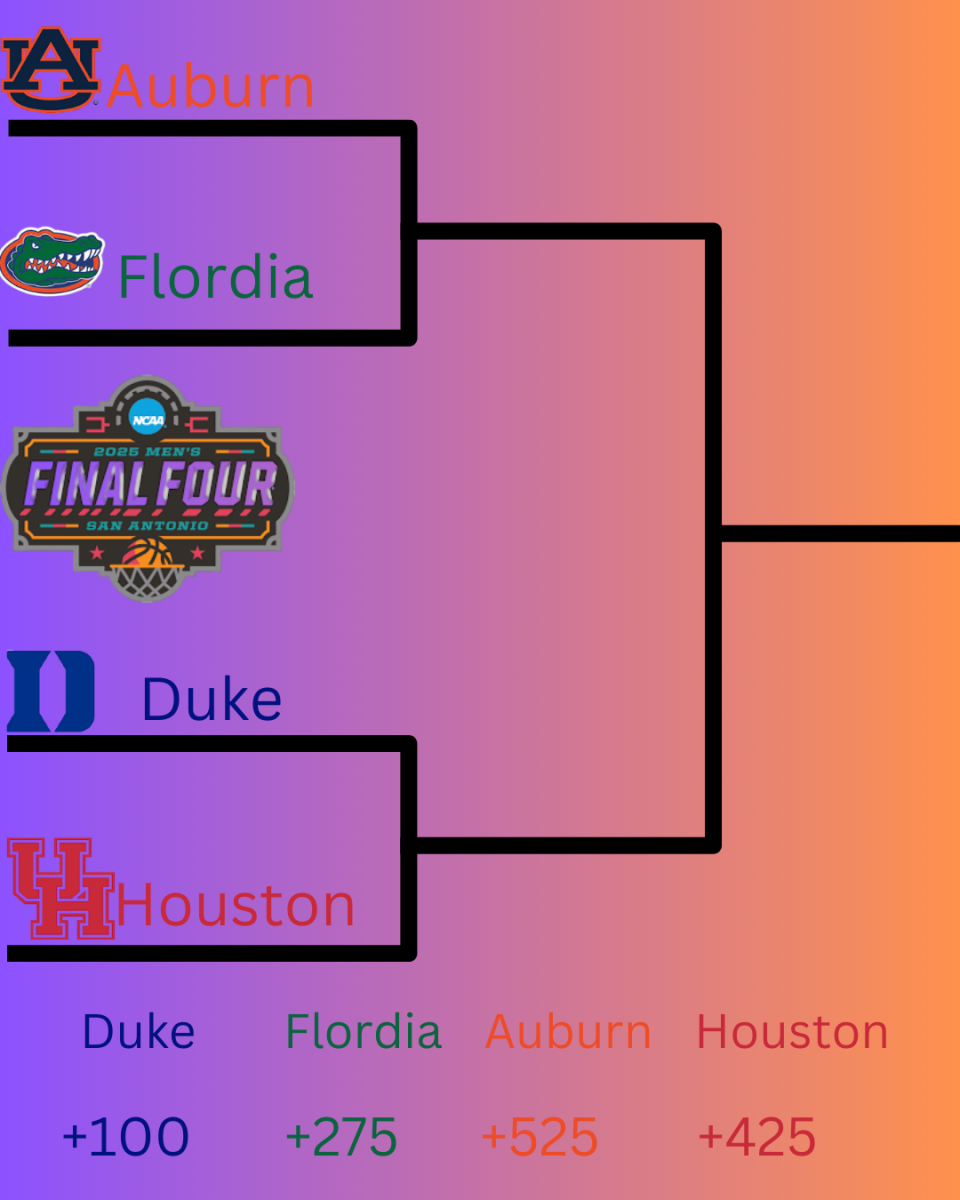
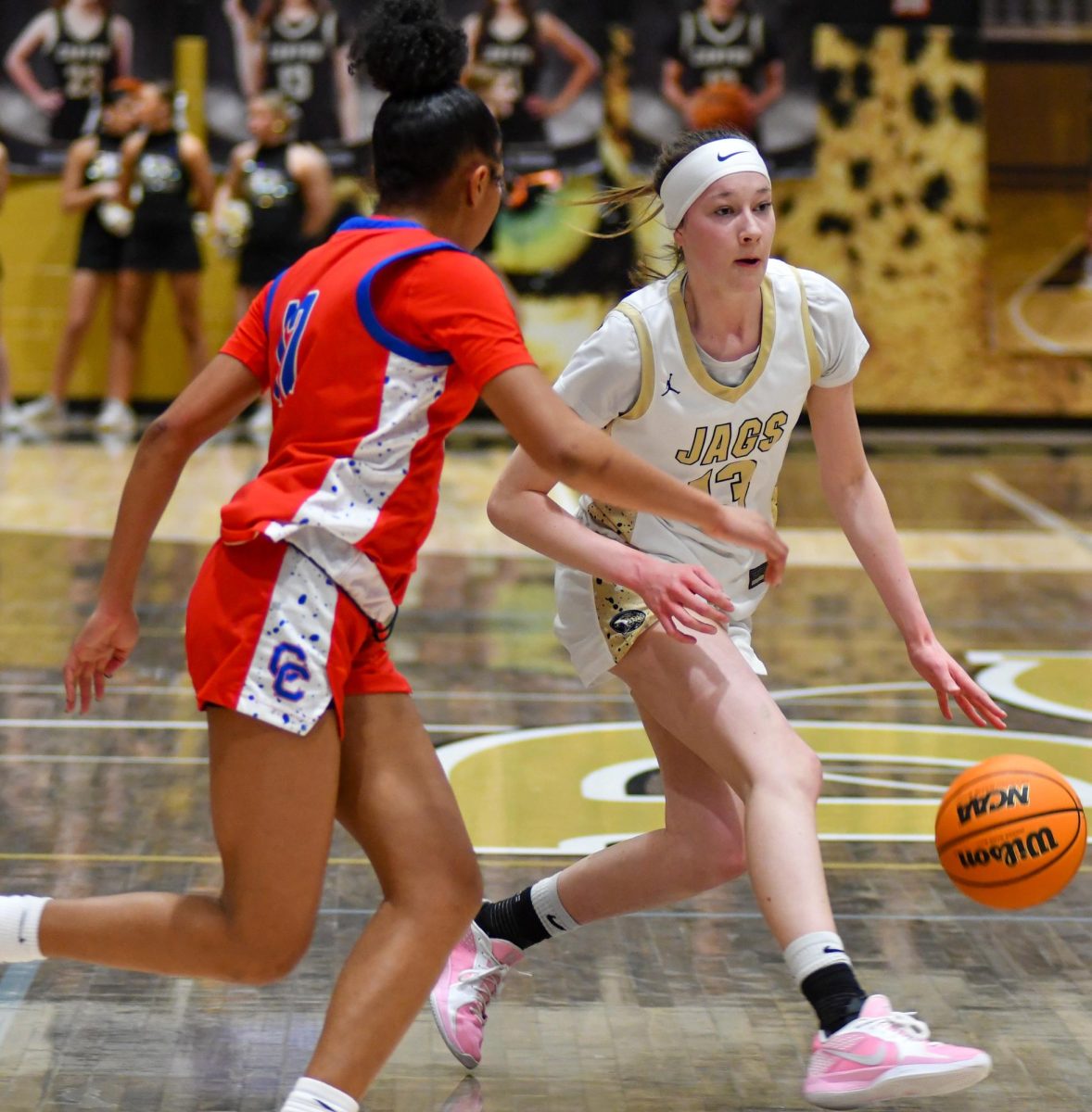



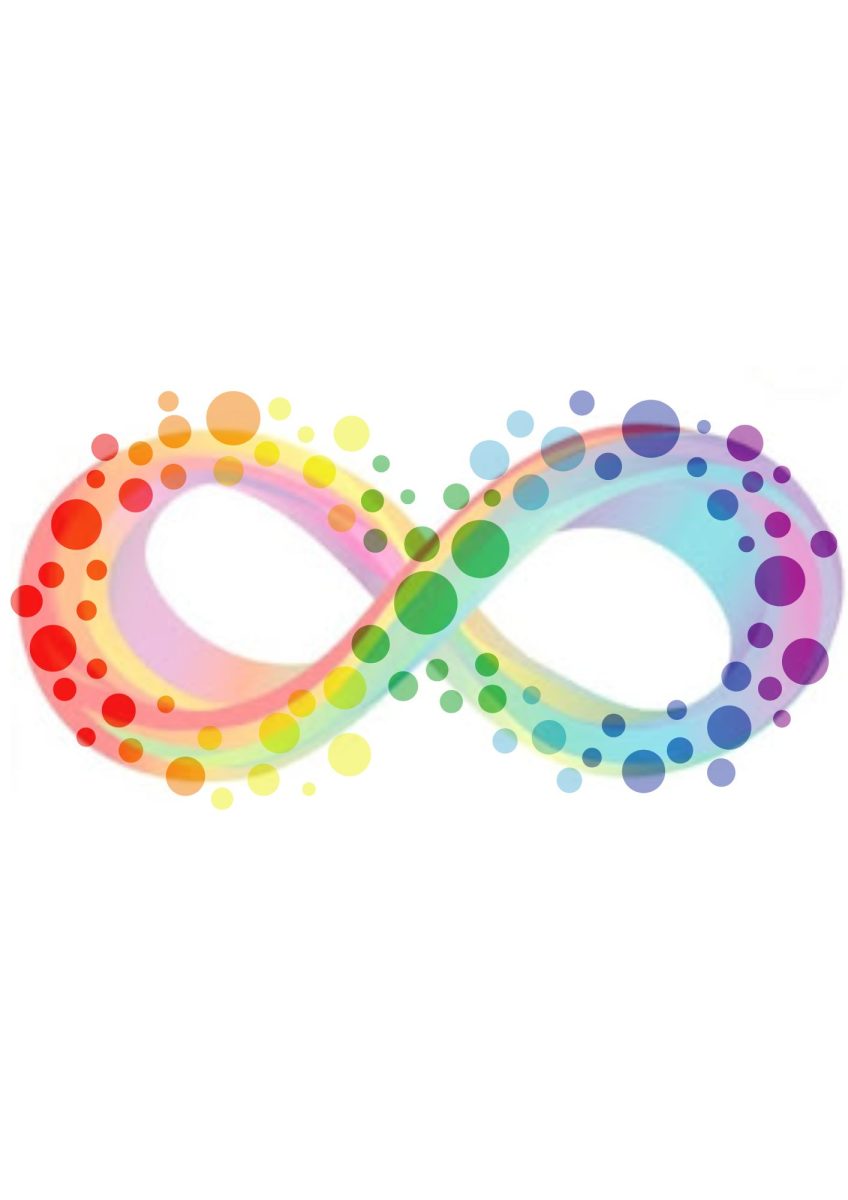

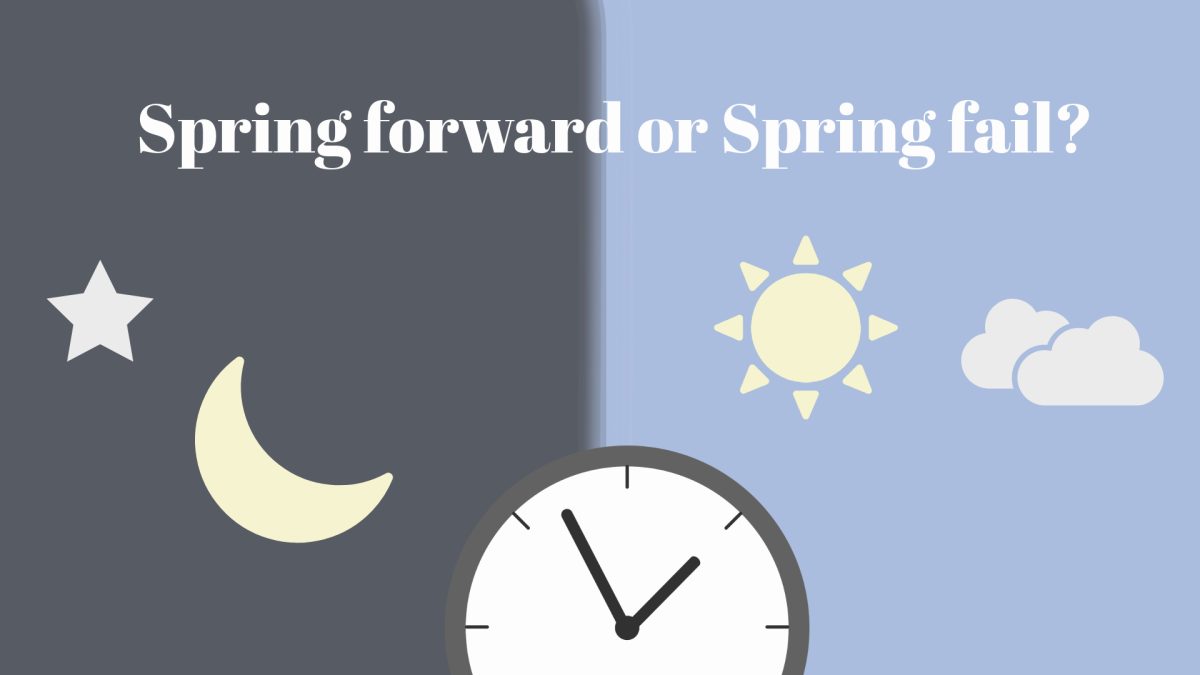
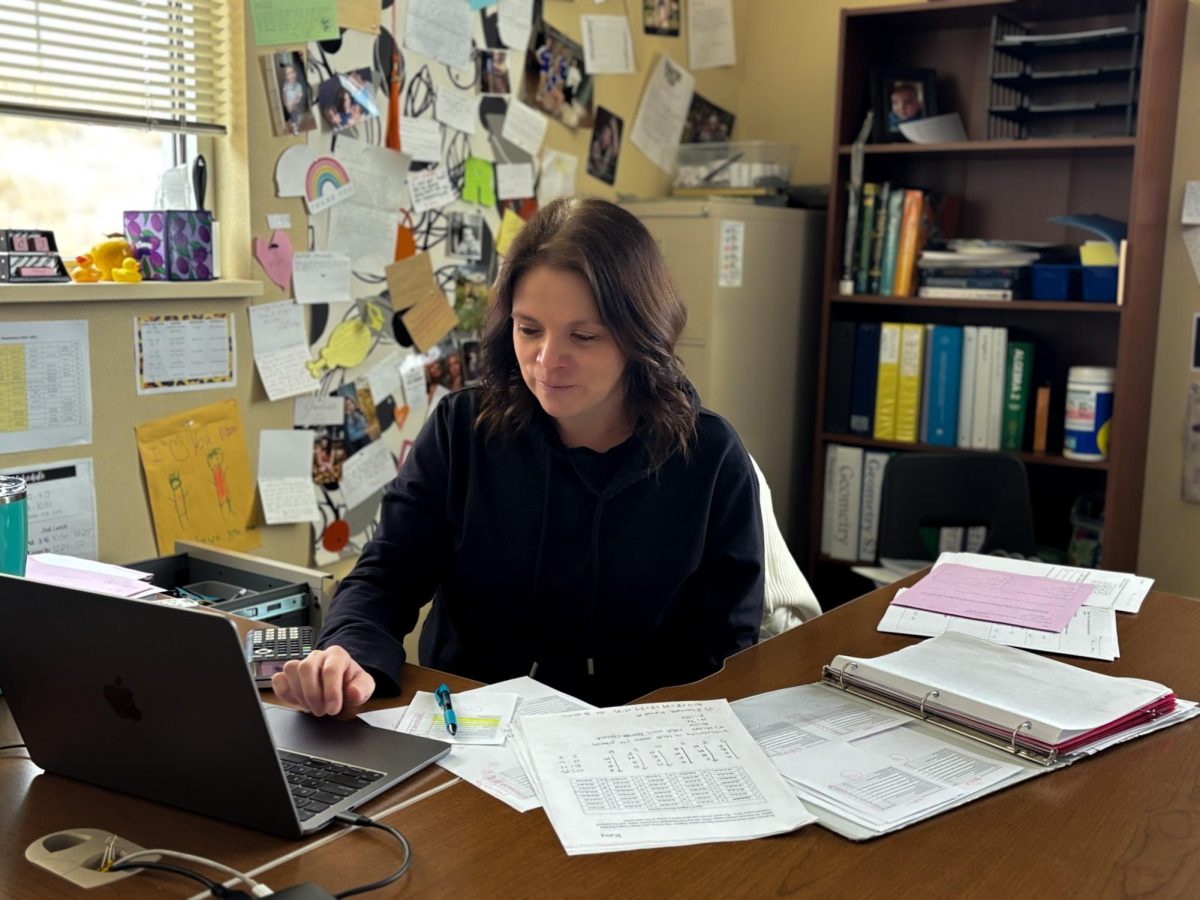
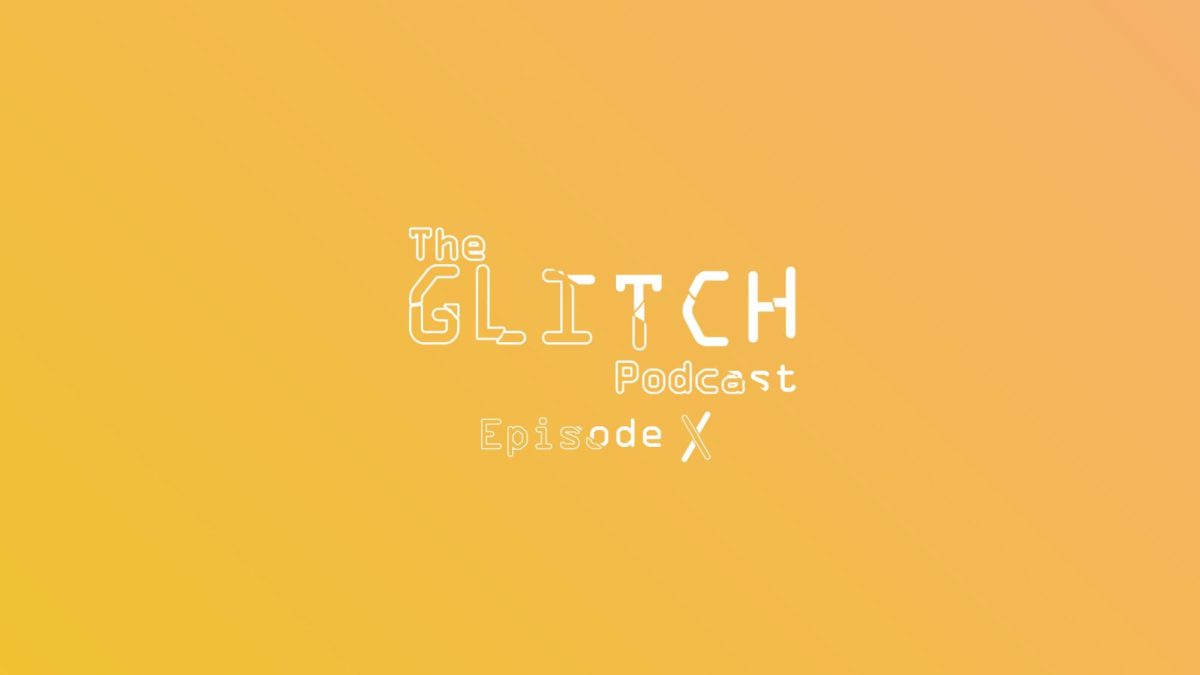




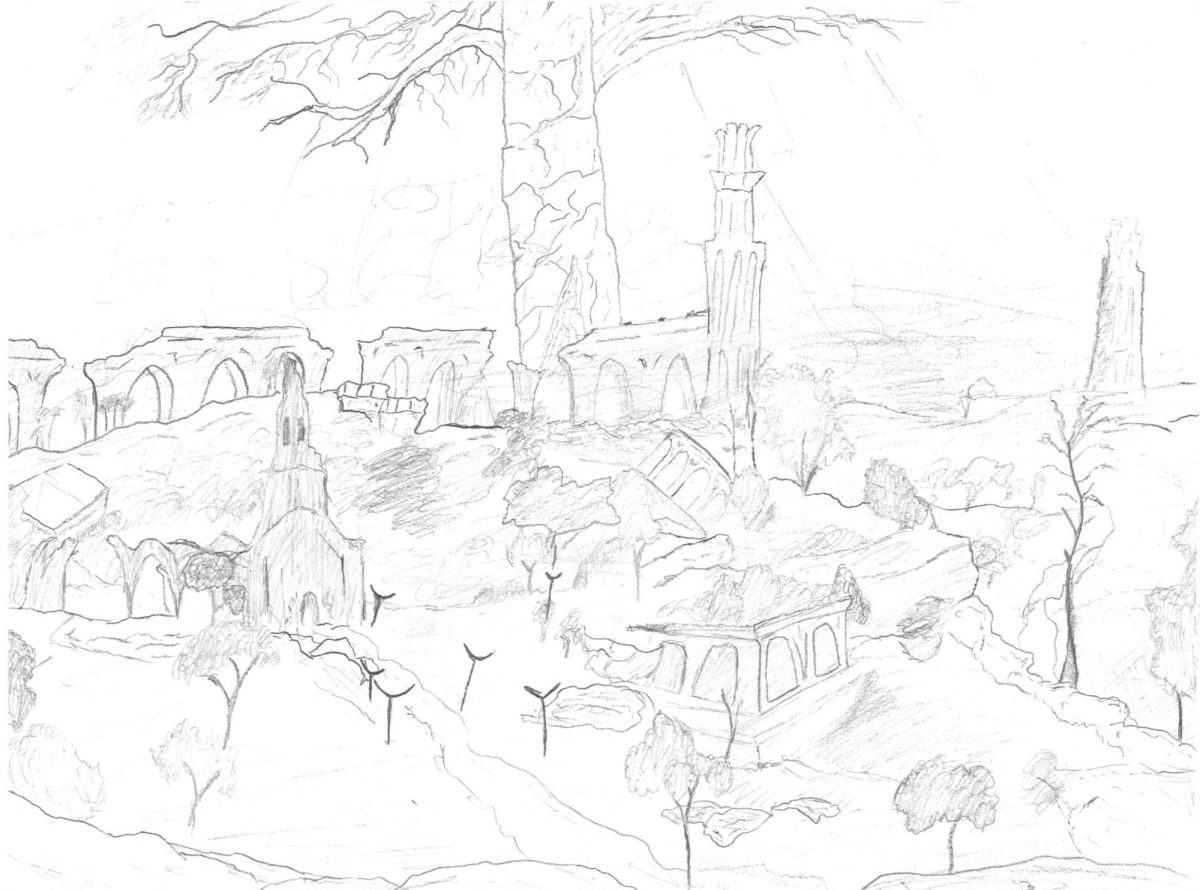
![April marks the 25th anniversary of Sexual Assault Awareness Month, created by the National Sexual Violence Resource Center (NSVRC). This month is to spread awareness of the harassment, assault and abuse that happens around the world. The symbol that represented the month was a teal ribbon; however, some survivors of assault create different symbols and movements like the TikTok trend in 2022, where survivors would tattoo Medusa on their body, in honor of her backstory in Greek Mythology. “I don't think [this month is known] at all. I rarely see anybody talk about it. I rarely see much of an emphasis on posting it online, or much discussion about it, and I feel like there needs to be way more discussion,” an anonymous source said. “I think just validating every experience that a person has gone through, regardless of the degree of it, the severity, is an essential step into making sure that people are aware that this is a very real problem in a society and that we need to do better in addressing it.”](https://rockmediaonline.org/wp-content/uploads/2025/04/IMG_0011-1200x900.jpg)
![Lesbian Visibility Day is April 26, and it’s a holiday to celebrate the lesbian community of the world. Lesbian Visibility day was established in 2008 by many queer activists and organizations who sought to raise more awareness for lesbian history and culture. “So this is why during Lesbian Visibility [Day] we celebrate and center all lesbians, both cis and trans, while also showing solidarity with all LGBTQ+ women and nonbinary people,” Linda Reily, in an article written by her, said.](https://rockmediaonline.org/wp-content/uploads/2025/04/Lesbian-Visibility-day.jpeg)
